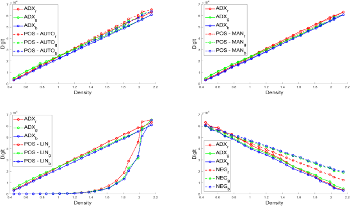
Since the advent of the Digital Intermediate (DI) and the Cineon system, motion picture film preservation and restoration practices overcame an enormous change derived from the possibility of digitizing and digitally restoring film materials. Today, film materials are scanned using mostly commercial film scanners, which process the frames into the Academy Color Encoding Specification (ACES) and present proprietary LUTs of negative-to-positive conversions, image enhancement, and color correction. The processing operated by scanner systems is not always openly available. The various digitization hardware and software can lead to different approaches and workflows in motion picture film preservation and restoration, resulting in inconsistency among archives and laboratories. This work presents an overview of the main approaches and systems used to digitize and encode motion picture film frames to explain these systems’ potentials and limits.
Alice Plutino, ""Less is More": How Understanding the Process of Motion Picture Film Scanning Can Make Your Life Easier" in Archiving Conference, 2024, pp 23 - 27, https://doi.org/10.2352/issn.2168-3204.2024.21.1.5
 Find this author on Google Scholar
Find this author on Google Scholar Find this author on PubMed
Find this author on PubMed